Click image to demonstrate in Fullscreen Mode.
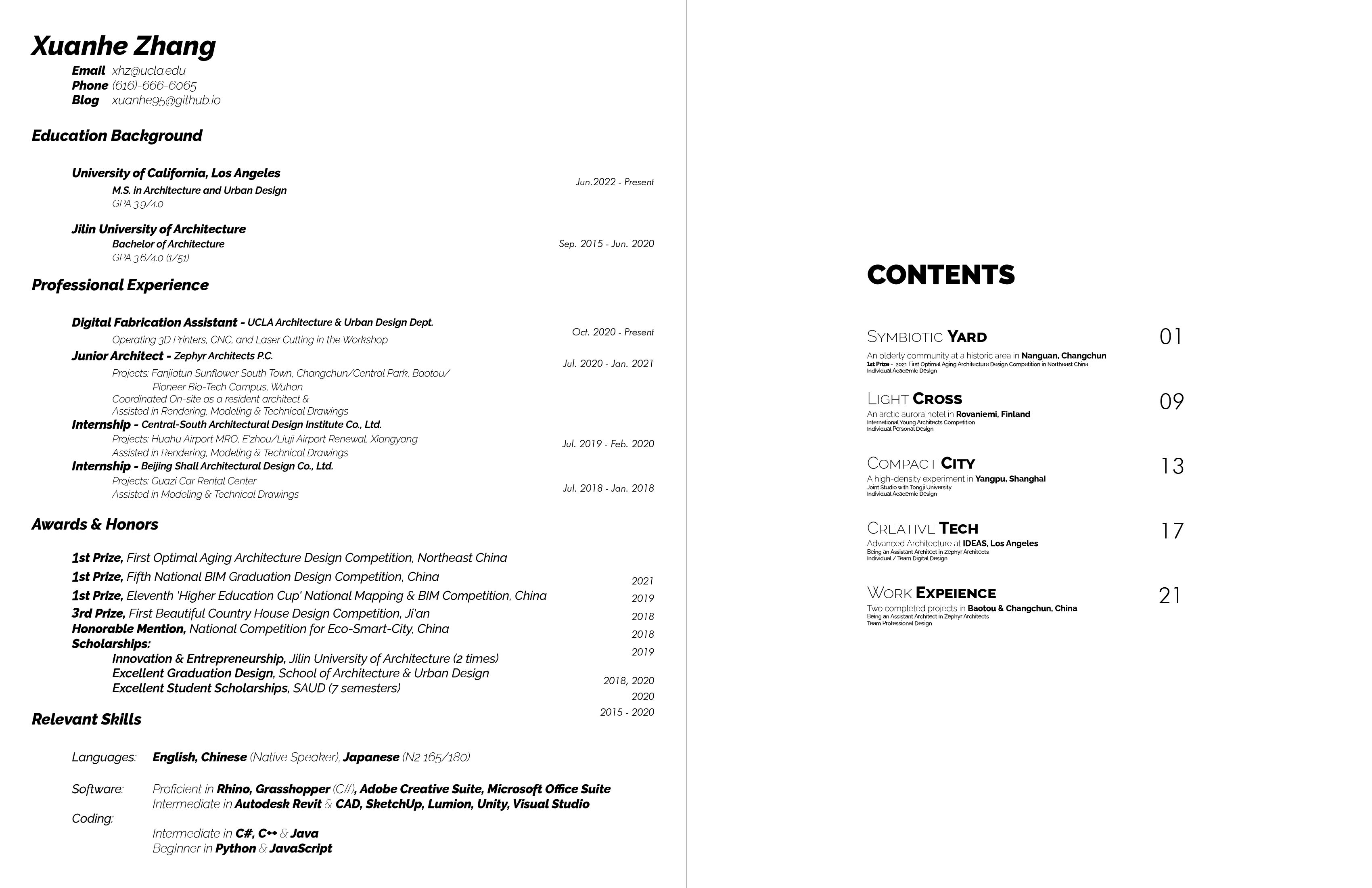
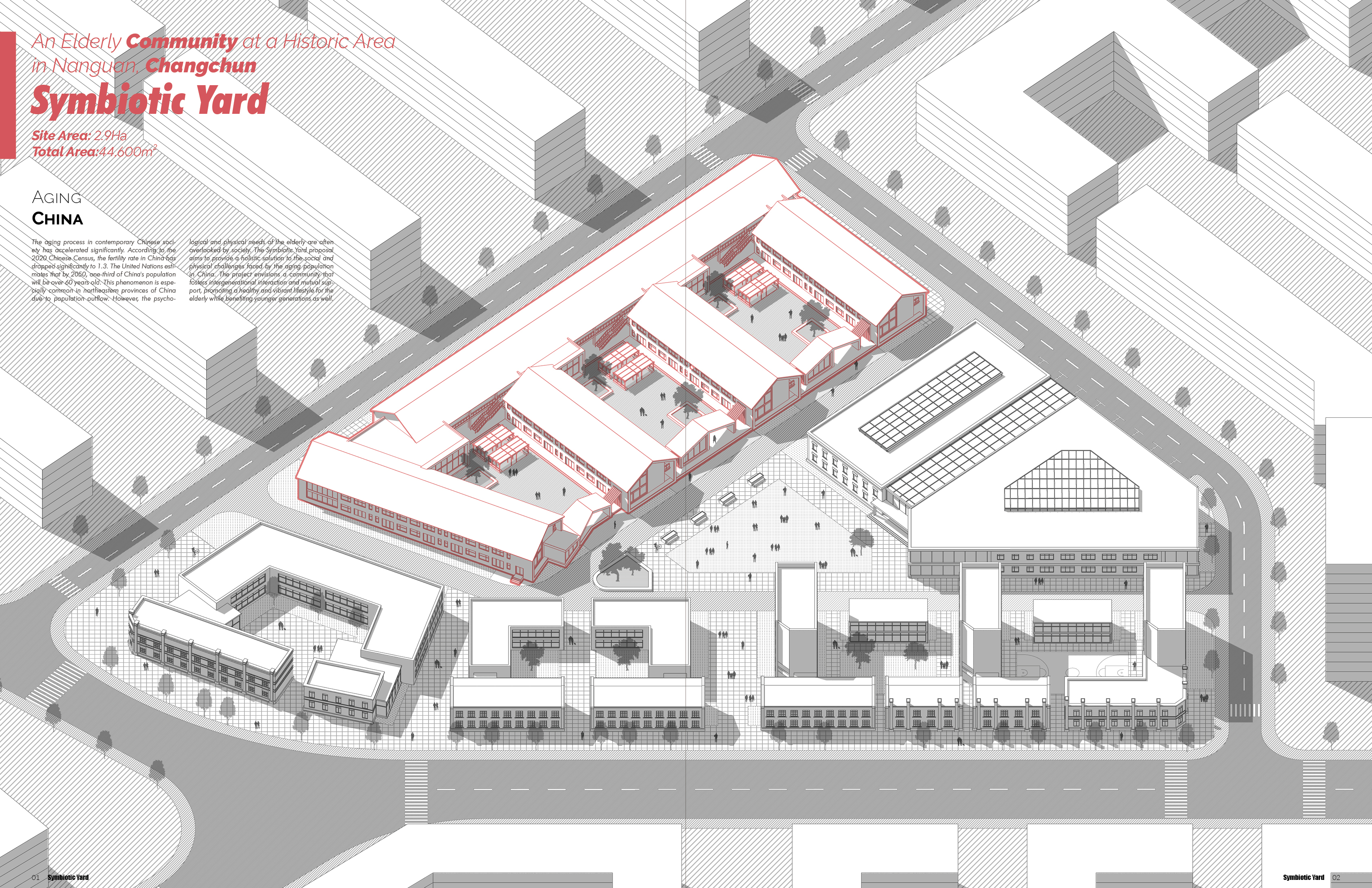
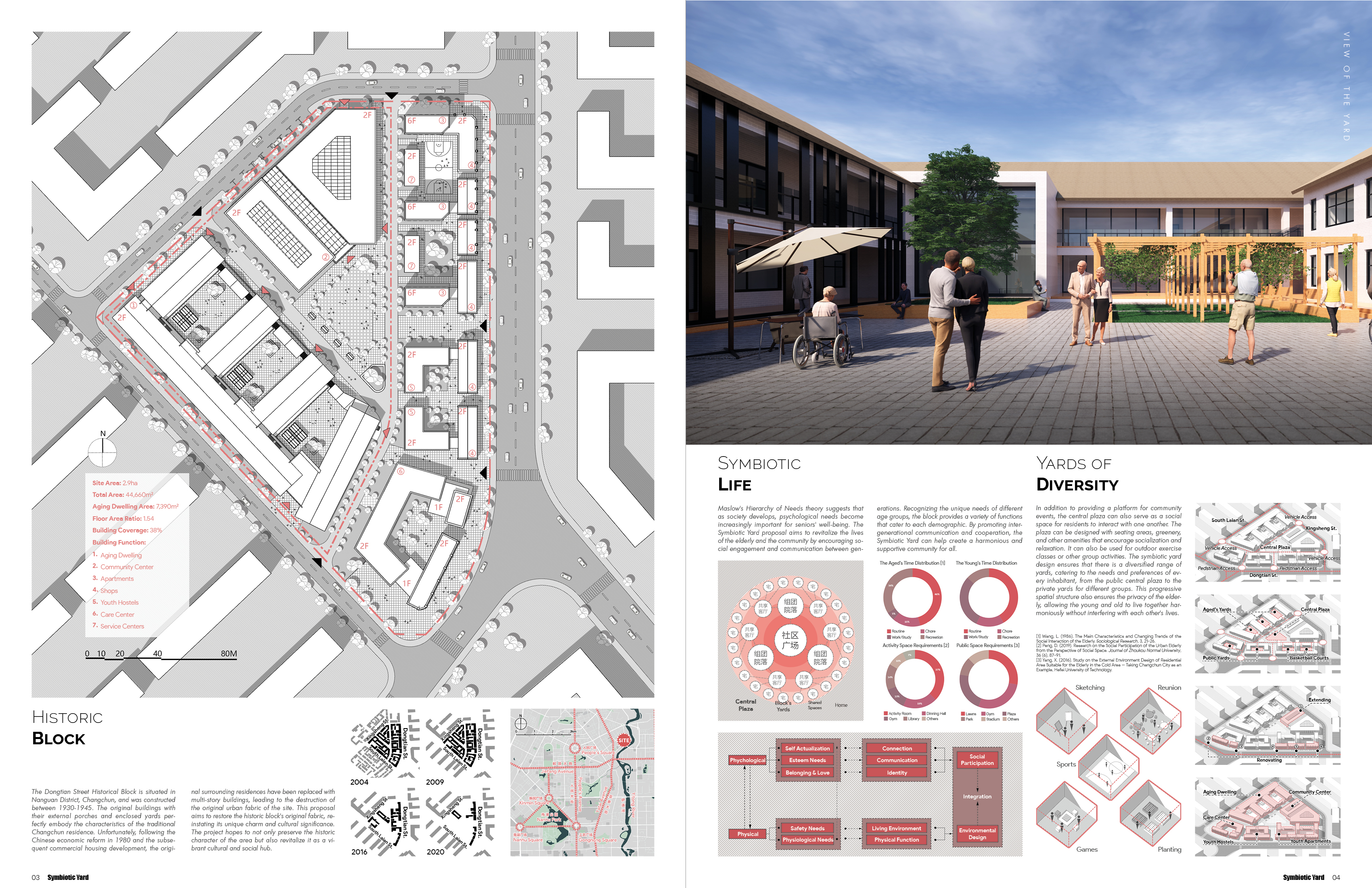
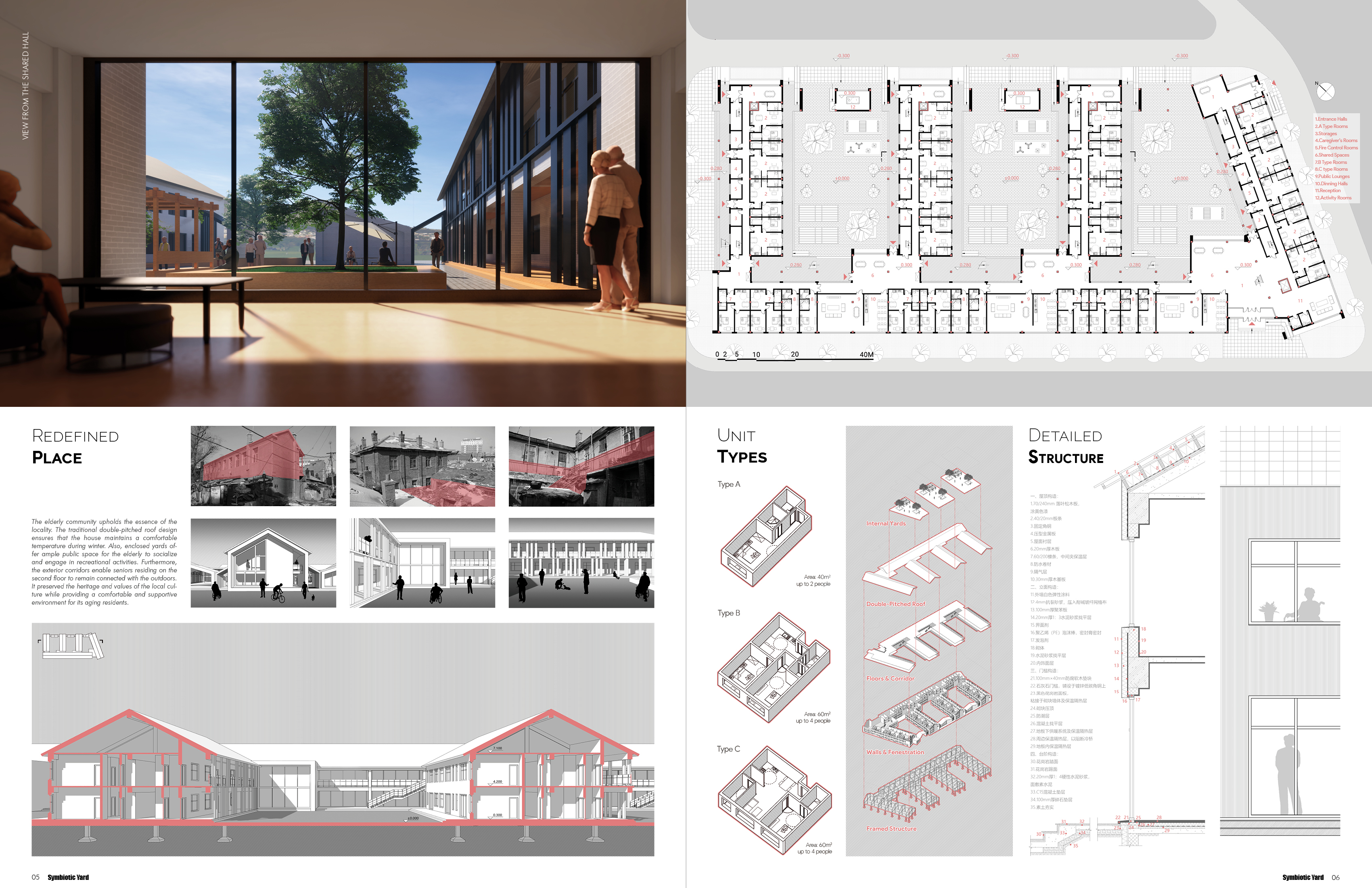
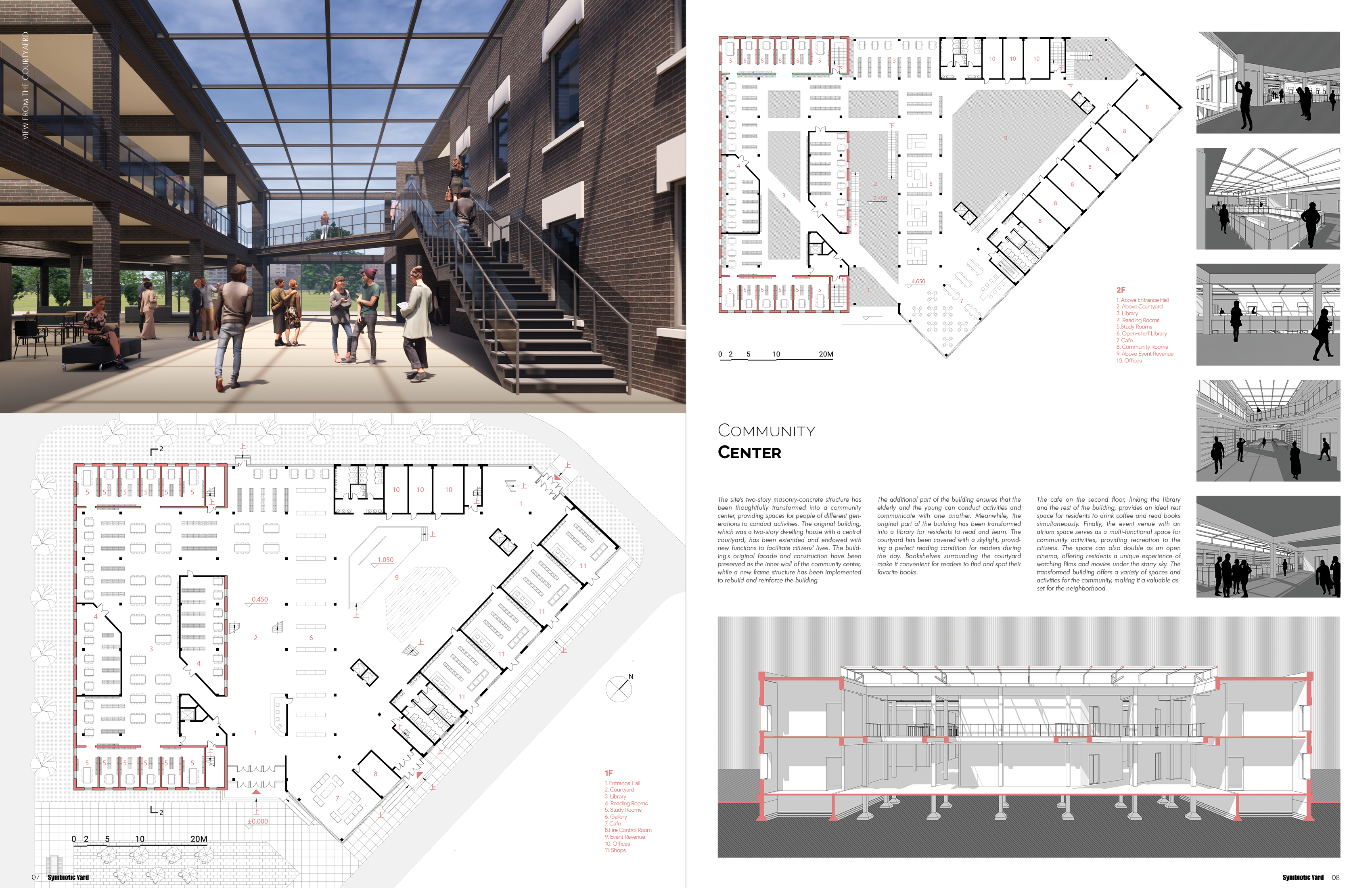

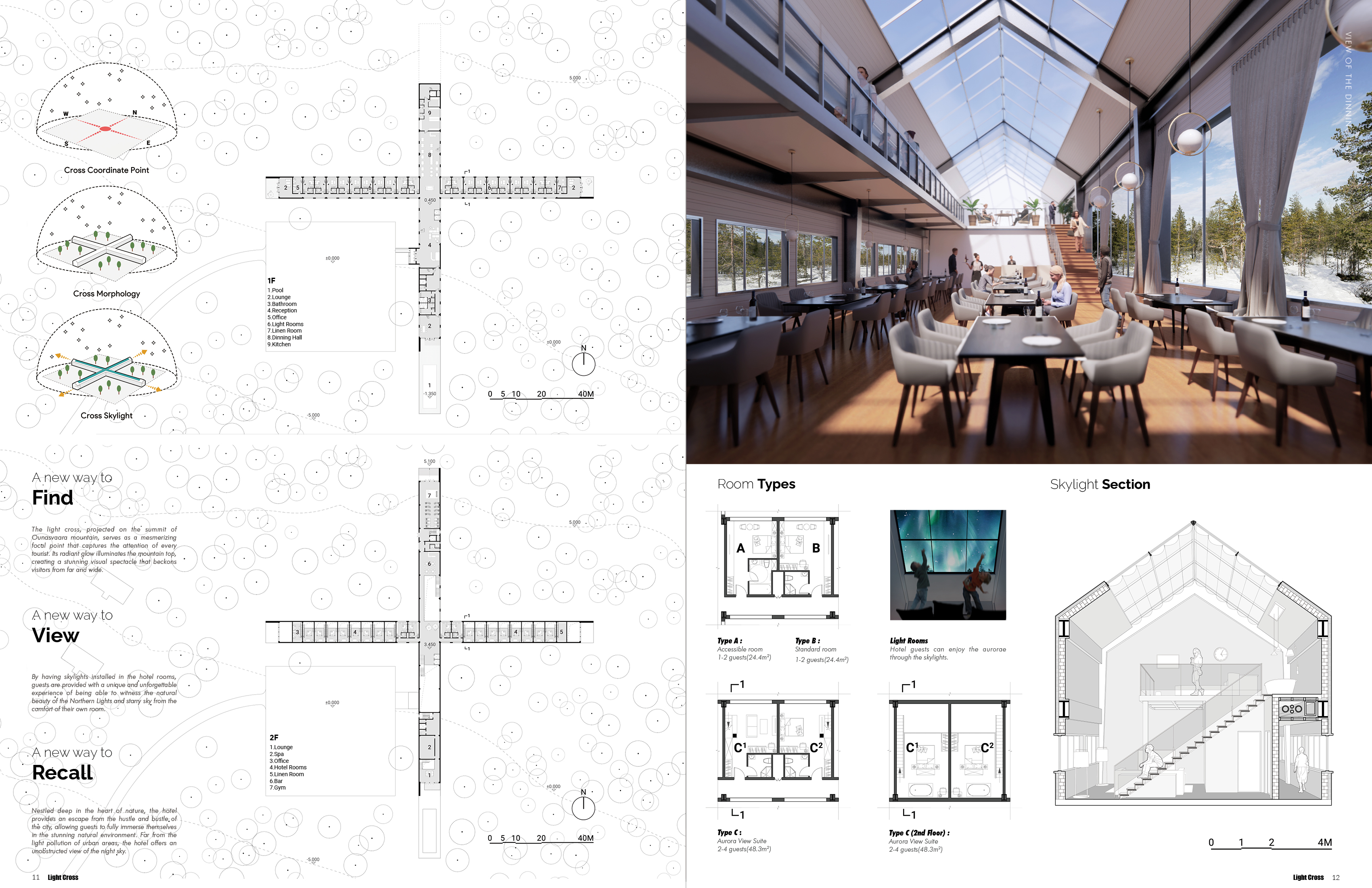
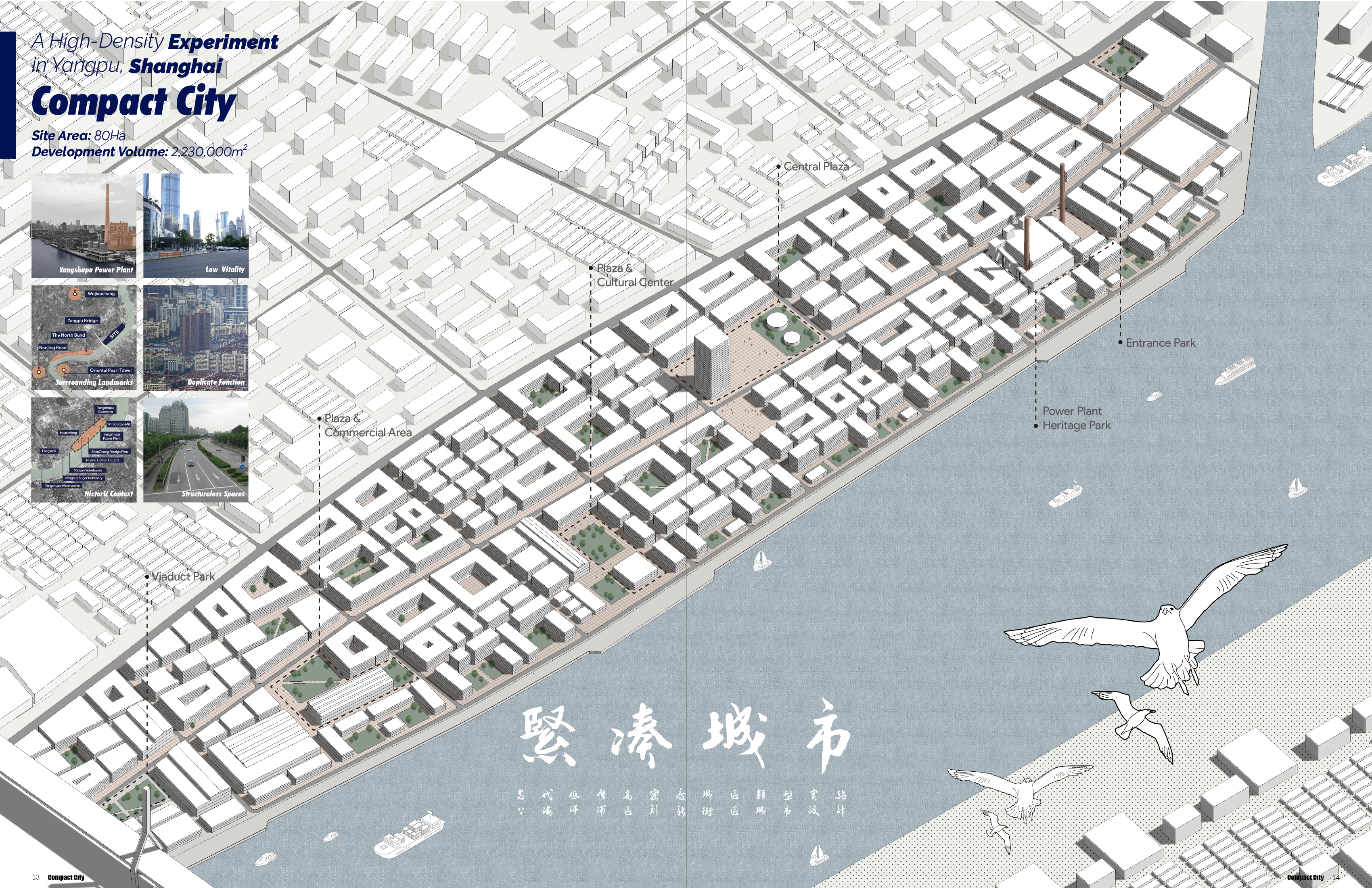
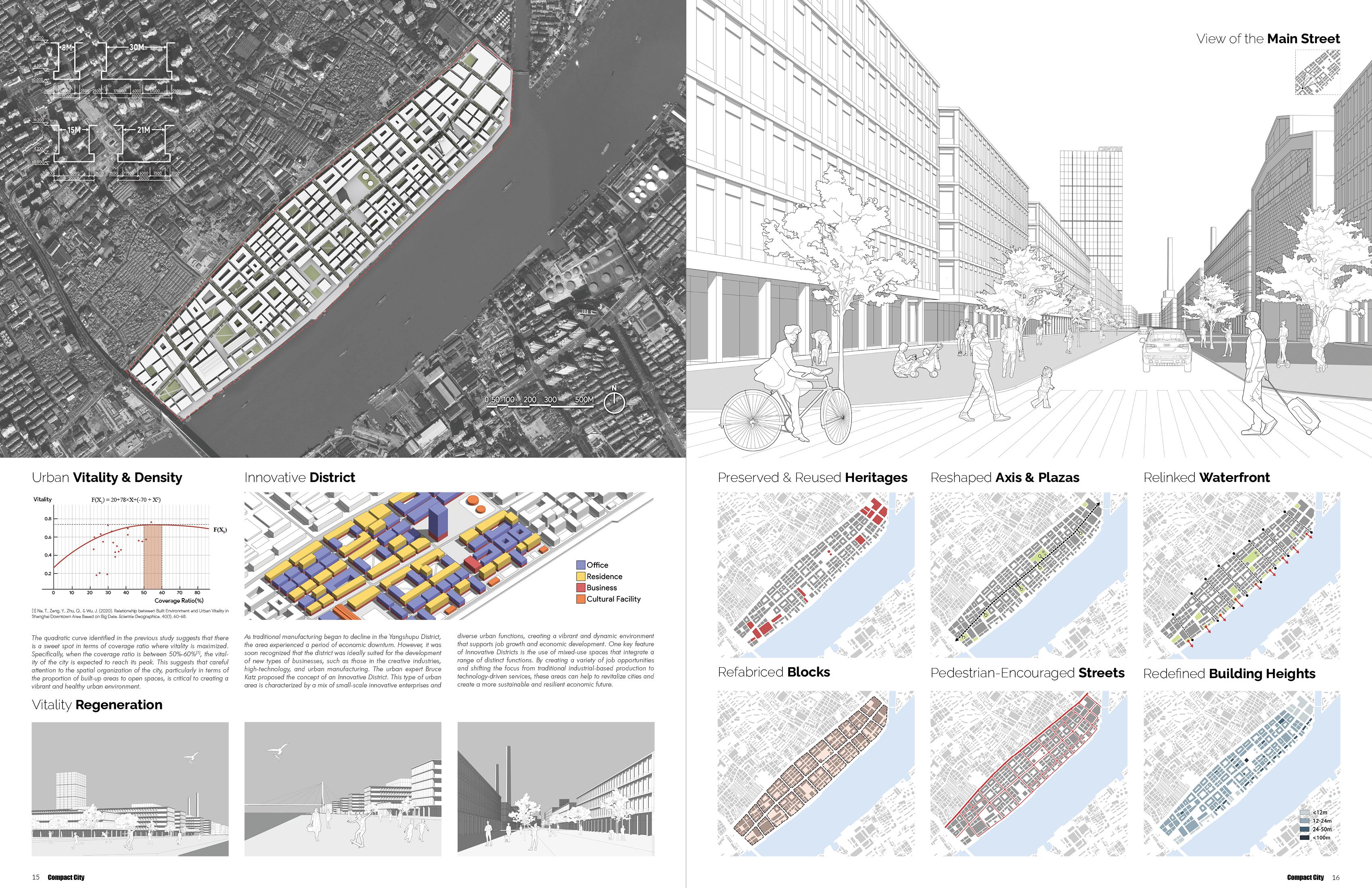



Click image to demonstrate in Fullscreen Mode.












You are given an integer array
coinsrepresenting coins of different denominations and an integeramountrepresenting a total amount of money.Return the fewest number of coins that you need to make up that amount. If that amount of money cannot be made up by any combination of the coins, return
-1.You may assume that you have an infinite number of each kind of coin.
动态规划,首先将amount长度的数组填满最大值。
双重遍历数组和硬币,不取当前硬币的上一个状态加一(dp[i - coin]+1)就是当前可取的最小值。
注意先取硬币,将amount的起始值设置为硬币面值可以增快速度。(减少了面值大于总额的情况。)
1 | class Solution { |
581. Shortest Unsorted Continuous Subarray
Given an integer array
nums, you need to find one continuous subarray that if you only sort this subarray in ascending order, then the whole array will be sorted in ascending order.Return the shortest such subarray and output its length.
未排序子数组的左侧和右侧均为单调递增的区间。
我们的目标就是找到单调递增的边界。
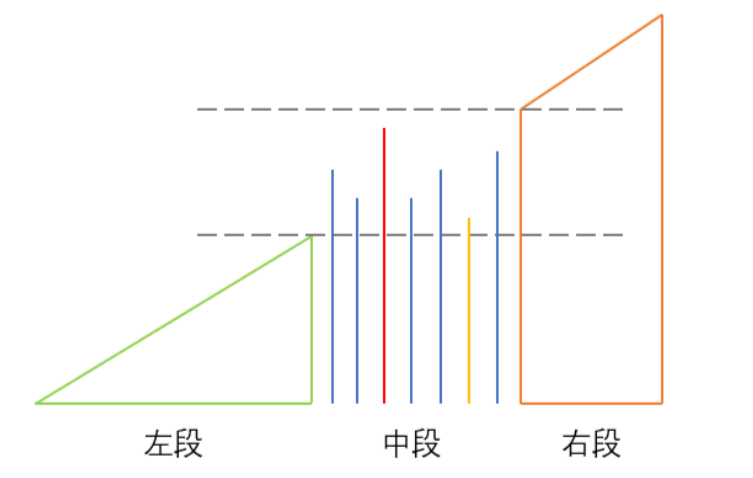
中段由于是乱序的,因此其最大值与最小值必定不在中段的两端。
因此我们可以从左至右的遍历数组,不断地维护一个当前的最大值max。
由于只有中段是无序的,因此只有此时后面的数值才可能小于前面的最大值max。
当这种情况发生时,则记录当前节点位置。
同理,我们也可以从右至左遍历,维护一个当前的最小值min。
只有在中段时,前面的数值才可能大于后面的最大值min。
当这种情况发生时,则记录当前节点位置。
最后如果两个指针的位置相同,则返回0。(此时数组完全有序,指针未移动。)
如果两个指针的位置不同,则返回两者的差+1。(即两者的宽度。)
1 | class Solution { |
236. Lowest Common Ancestor of a Binary Tree
Given a binary tree, find the lowest common ancestor (LCA) of two given nodes in the tree.
According to the definition of LCA on Wikipedia: “The lowest common ancestor is defined between two nodes
pandqas the lowest node inTthat has bothpandqas descendants (where we allow a node to be a descendant of itself).”
DFS搜索,后序遍历。
当当前节点是p或者q,返回节点自身,代表已经找到节点。(如两个节点最终只访问了一个,说明那一个节点本身就是LCA。)
分别递归搜索左右子节点。
如果左子节点为空,则返回右子节点,反之亦然,保证找到的节点可以被返回。
如果左右子节点均不等于null,则当前节点是最低公共祖先(LCA),返回当前节点。
1 | /** |